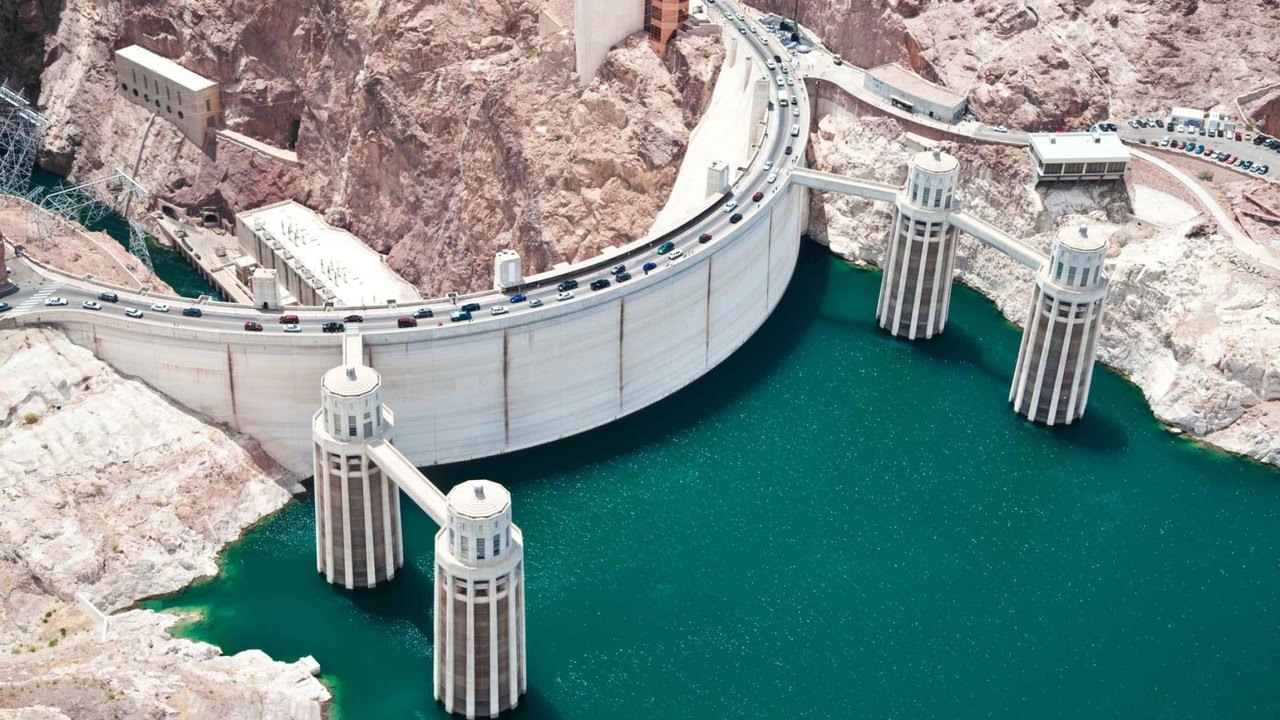Mphanda Nkuwa Tests Mozambique’s Fiscal Nerve
Mozambique’s $6bn Mphanda Nkuwa project (EDM.MZ, HCB.MZ) faces a 12.5% WACC, $510m FCF, and 7.5% IRR. With Eskom (ESKOM.ZA) arrears at $1.2bn and Eurobond (MOZ2028.GB) maturities near, the project will define if clean energy can outpace fiscal gravity.

Mozambique’s $6 billion Mphanda Nkuwa hydropower project must be treated primarily as a financial instrument, not an engineering milestone. Structurally, it represents one of the region’s largest project-finance undertakings—anchored by a sovereign with limited fiscal headroom and elevated debt risk. The project’s funding blend combines equity from Electricidade de Moçambique (EDM) and Hidroeléctrica de Cahora Bassa (HCB) with multilateral loans from AfDB, IFC, and concessional partners. Assuming a 70:30 debt-equity ratio, Mozambique’s direct contingent exposure could exceed 6 percent of GDP, widening its 2025 debt ratio near 93 percent. Government guarantees on external borrowing, priced against a B-rated sovereign curve, imply effective interest spreads between 550–650 bps above U.S. Treasuries, raising the project’s weighted average cost of capital to 10–11 percent in nominal terms.
Revenue modelling hinges on bilateral power-offtake agreements through the Southern African Power Pool (SAPP), mainly targeting Eskom and ZESA. If tariffs average US¢ 8/kWh and annual export sales reach 9 TWh, gross inflows could total $720 million per year. After transmission fees and O&M costs, free cash flow may hover near $300 million—yielding an internal rate of return between 6 and 8 percent, below the sovereign’s cost of capital in base case. Any slippage in tariff realization or drought-induced capacity loss would flatten returns sharply. A 15 percent output shortfall lowers IRR to 4 percent, effectively rendering the asset value-neutral to Mozambique’s balance sheet.
Fiscal implications are material. If disbursements overlap with Eurobond redemptions in 2026–2028, financing pressure could crowd out social and capital budgets, forcing new external rollovers. With export receipts denominated in rand or dollars, currency-mismatch risk rises—especially given the metical’s 5-year average depreciation of 6 percent annually. Even moderate exchange shocks can erode debt-service coverage ratios, as hydropower revenues are quasi-fixed while debt costs are foreign-currency indexed.
ESG compliance will directly affect funding cost. Multilateral lenders apply penalty spreads or suspension clauses when performance standards are breached. Delays in resettlement compensation or downstream ecological management could trigger higher risk weightings, adding 50–100 bps to borrowing rates. For Mozambique, already facing a constrained Eurobond market, reputational and compliance risk converts instantly into yield volatility.
From a market-integration perspective, Mphanda Nkuwa could become the region’s single largest renewable export node, reshaping SAPP trade balances and lowering reliance on thermal imports. However, systemic fragility in counterpart utilities undermines receivables predictability. South Africa’s Eskom payment arrears—exceeding $2 billion region-wide—represent a latent counterparty default vector that must be reflected in risk-adjusted NPV calculations.
The project’s macro-financial verdict is bifurcated: at optimal capacity and disciplined governance, it can deliver stable dollar inflows and strengthen Mozambique’s external accounts; under fiscal stress or hydrological volatility, it transforms into a quasi-sovereign liability. Mphanda Nkuwa therefore stands as a stress test of Mozambique’s ability to structure infrastructure finance without compromising macro-stability—its success measurable not in megawatts but in debt-service sustainability, liquidity resilience, and the credibility of fiscal risk management.





